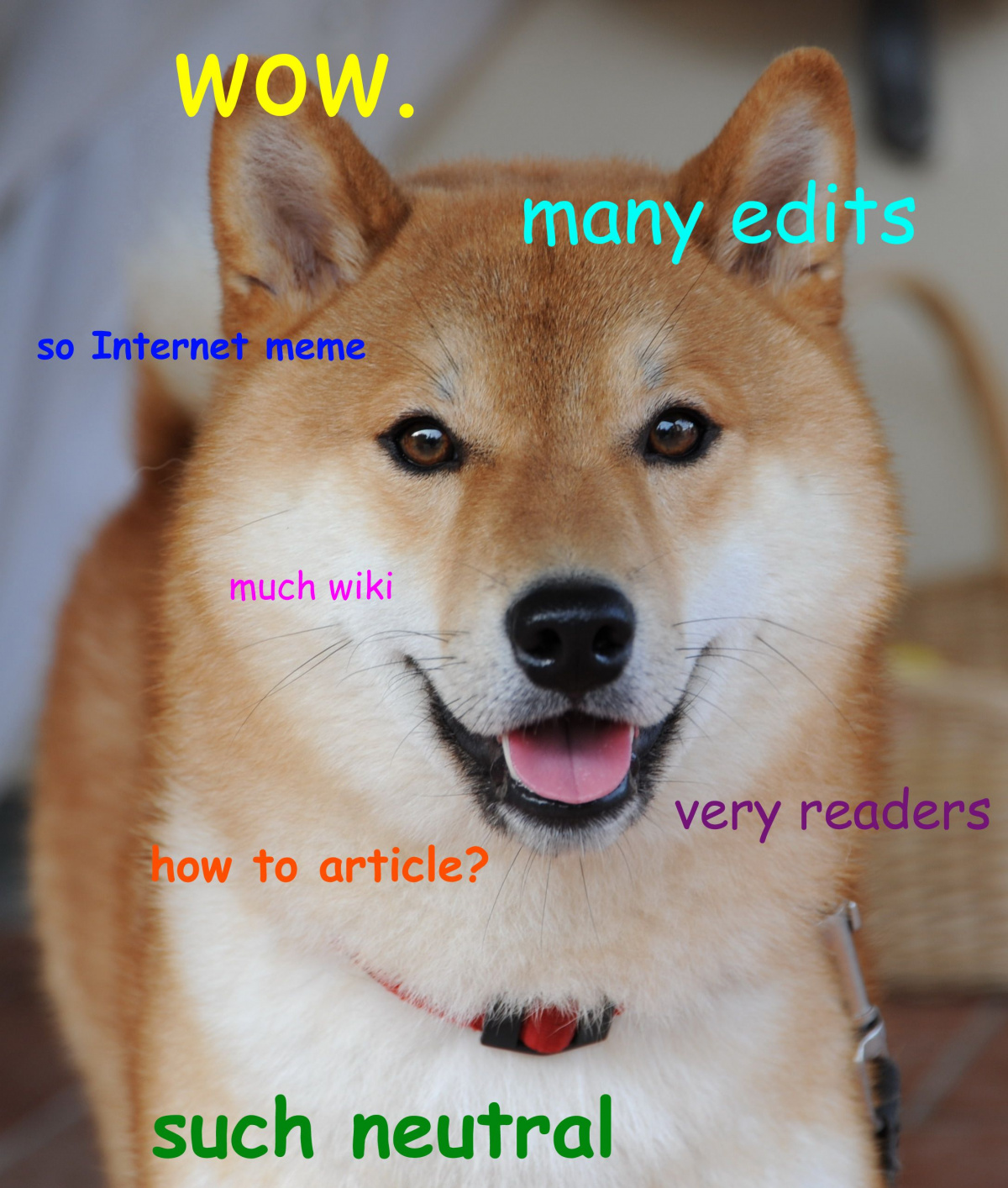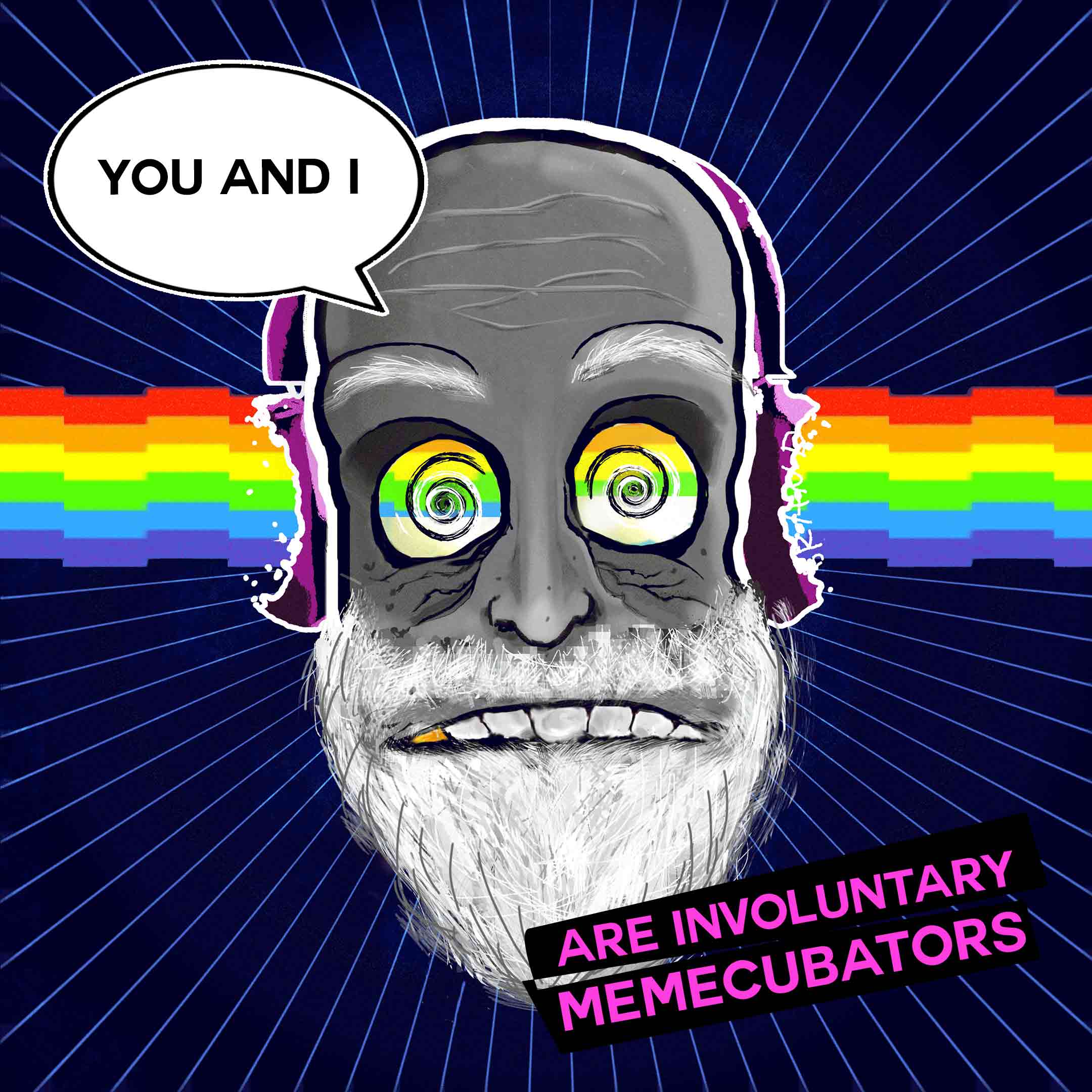
The Seduction of Meme Music
Meme Music went viral during the COVID-19 pandemic. Distributed via apps like TikTok, it might transform not only the way music is made, but also how it is consumed. An article about the cultural implications of an emerging digital format – and why we all might be Memecubators.
Meme music is music that circulates widely by being attached to or being the actual content of an internet meme. Take, for example, the Ratatouille musical from the winter of 2020/21. In August 2020, a TikTok user, the composer Daniel J. Mertzlufft, arranged a song, originally crafted by another TikTok user, Emily Jacobsen, to figure perfectly as the grand finale of some imaginary Broadway musical based on the Pixar movie Ratatouille. Mertzlufft’s performance circulated quickly, provoking many other performances which in turn circulated virally. On January 1, 2021, a virtual concert was staged presenting an actual musical, whose visual style, timing and cut-up form gave the impression that it was built out of individual TikTok videos. This prime example of meme music follows the core definition given by Limor Shifman, who stated that memes are: «(a) a group of digital items sharing common characteristics of content, form, and/or stance, which (b) were created with awareness of each other, and (c) were circulated, imitated, and/or transformed via the Internet by many users» (Shifman 2013, 8).
During the pandemic meme music thrived, attaching itself to almost all contemporary discourses relevant to the wider public: hygiene measures were timed to songs (Pauliks 2020) and cities in lockdown were mourned in meme music (Schulze 2021). Earlier, the Trump regime had been mocked and ridiculed through music in memes, as had the Brexit governments of Theresa May and later Boris Johnson (Karpf 2018, 201, Moody-Ramirez and Church 2019). The continuation of racist attacks, and resistance to them by the Black Lives Matter movement, was also reflected in both silent and musical memes (Vickery 2020, Williams 2020). Finally, a growing number of performers – from Marc Rebillet to JazzEmu and Igor Levit – became musical memes themselves, performing online and connecting to their audience through viral videos (Baym 2012). Are we witnessing the emergence of a format that shapes and contributes to public discourse, guided by musical structures, sound effects, and production tricks? How might this transformation form a future public discourse? Which new roles, practices, and conflicts are emerging in the course of this transformation?
Memecubators, Memblematics, and the Meme Vortex
At this point of my inquiry I recognize three main constituents that might shape the future trajectory and meaning of meme music. First are the users and producers of meme music and memes in general, who cannot any longer be described simply in terms of influencers (Galeotti and Goyal 2009, Uzunoğlu and Kip 2014, Stubb, Nyström, and Colliander 2019) or prosumers (Toffler 1970). Instead, you and I serve as involuntary Memecubators, contributing to a meme in a wider variety of ways: our attention, recommendation value, sharing, clicks, comment value, and even the more direct work we do on memes, altering them to produce new examples, interpretations and variants. As wetware on the web, we all incubate memes and foster their future circulation – in particular at the points when we are not even aware of a meme’s presence.
Next are the Memblematics that structure meme music. The traditional triad of constituents that make up the so-called emblem, an artistic form with its origins in 16th century literature, can also serve as an analytical matrix for memes. In this matrix, a GIF is the pictura, the inscriptio takes the form of a brief catchphrase, and a subscriptio further explicates, interprets or even adds sound to the meaning of catchphrase and GIF (Schulze 2021). The parallel is clear in silent memes, and becomes even more obvious in meme music: here, the interpretation by means of an added soundtrack, sonic reference or sample cut-up provides additional meaning and interpretation with a stronger impact – as in the famous examples of the so-called Spencer Punch.
Suspended Satisfaction
Finally, consumption of and conversation through memes operates within what I call the Meme Vortex. A Meme Vortex is entered every time the endless scroll that is fostered by most social media platforms leads us down the proverbial rabbit hole. The seductive and addictive quality of memes and of social media feeds serves primarily to guide us towards consuming even more seductive memes with similar qualities, from comparable sources, and with a generally comparable audience. The meme vortex is prolonged, suspended satisfaction commodified, digital seduction without end. This is even more the case with musical memes and their potentially endless sequence on an app like TikTok. This is a situation of use and consumption that is inherent to contemporary memes in 2021. To stay for a prolonged moment of time in the self-sustained and supposedly inconsequential pleasure zone of the Meme Vortex might just be the inherent goal of producers and users of memes – indeed, of all of us Memecubators.
List of References
This text has been inspired by our Meme Music course at the University of Copenhagen in spring 2021. Hence, I wish to say thank you to the students and guests, in alphabetical order: Andreas Kurup Andersen, Daniel Christoffer Christensen, Eleanor Jane Archer Larsen, Gustav Rasslan, Henrik David Mikkelsen, Helena Graugaard, Johannes Hartung Jørgensen, Jonas Raaby, Karl-Emil Hald, Magnus Mølgaard Andersen, Mandus Ridefeldt Karoline Cecilie Sonne Nielsen, Ruben Borup Jensen, Rugun Sirait, Sara Dahl Frehr, Sidsel Essebo Zeuthen Engraf, Sofie Rode Olsen, Hans William Frøland Rømer.
«Sonic Vignettes» is a Norient Special discussing sound: one fragment, one experience, recording, one viral video, stream, one monograph or encounter at a time – in all its depth, its historical and affective ramifications, with the finest expertise in Sound Studies. Initiated by Holger Schulze, Rolf Großmann, Carla J. Maier, and Malte Pelleter, published as a monthly column.
Biography
Published on July 02, 2021
Last updated on November 05, 2021
Topics
On new cultural implications of Meme Music, and how commnunication is more and more a result of power relations disguised in social networks.
Digitization means empowerment: for niche musicians, queer artists and native aliens that connect online to create safe spaces.
Special
Snap
